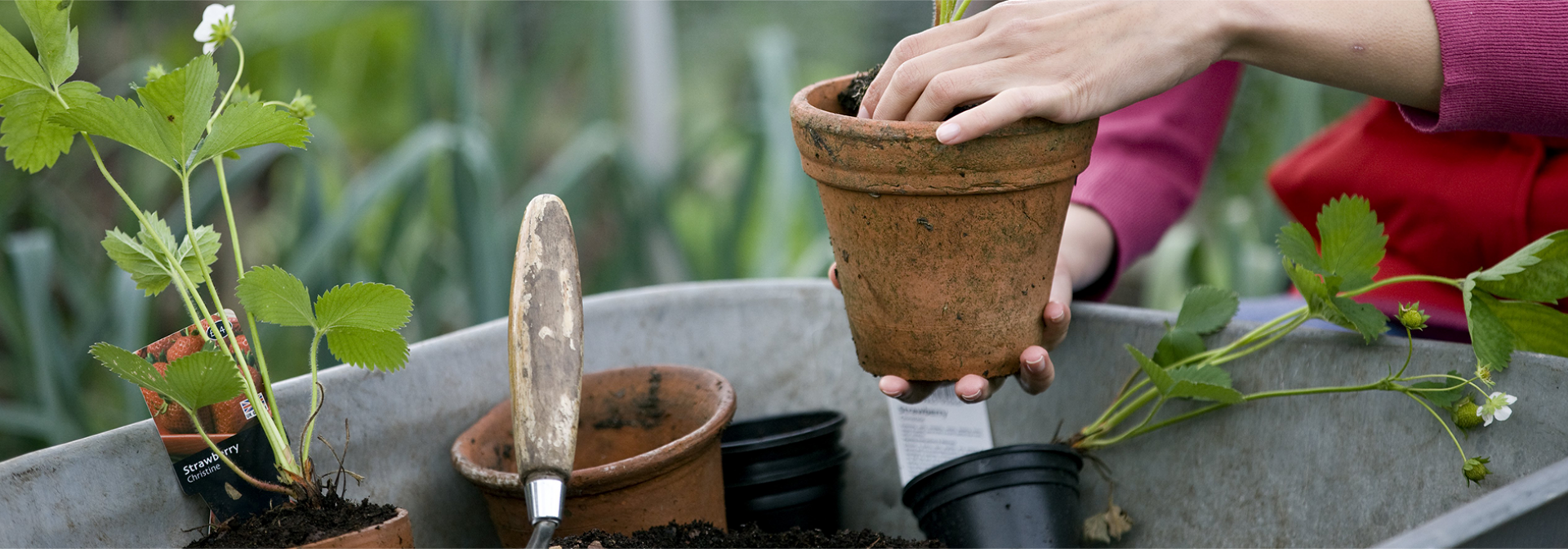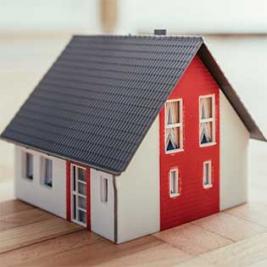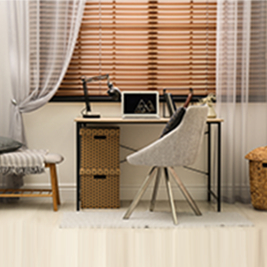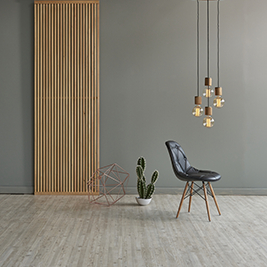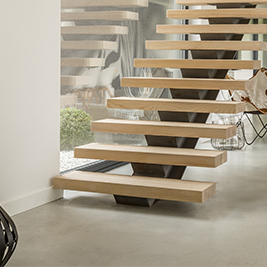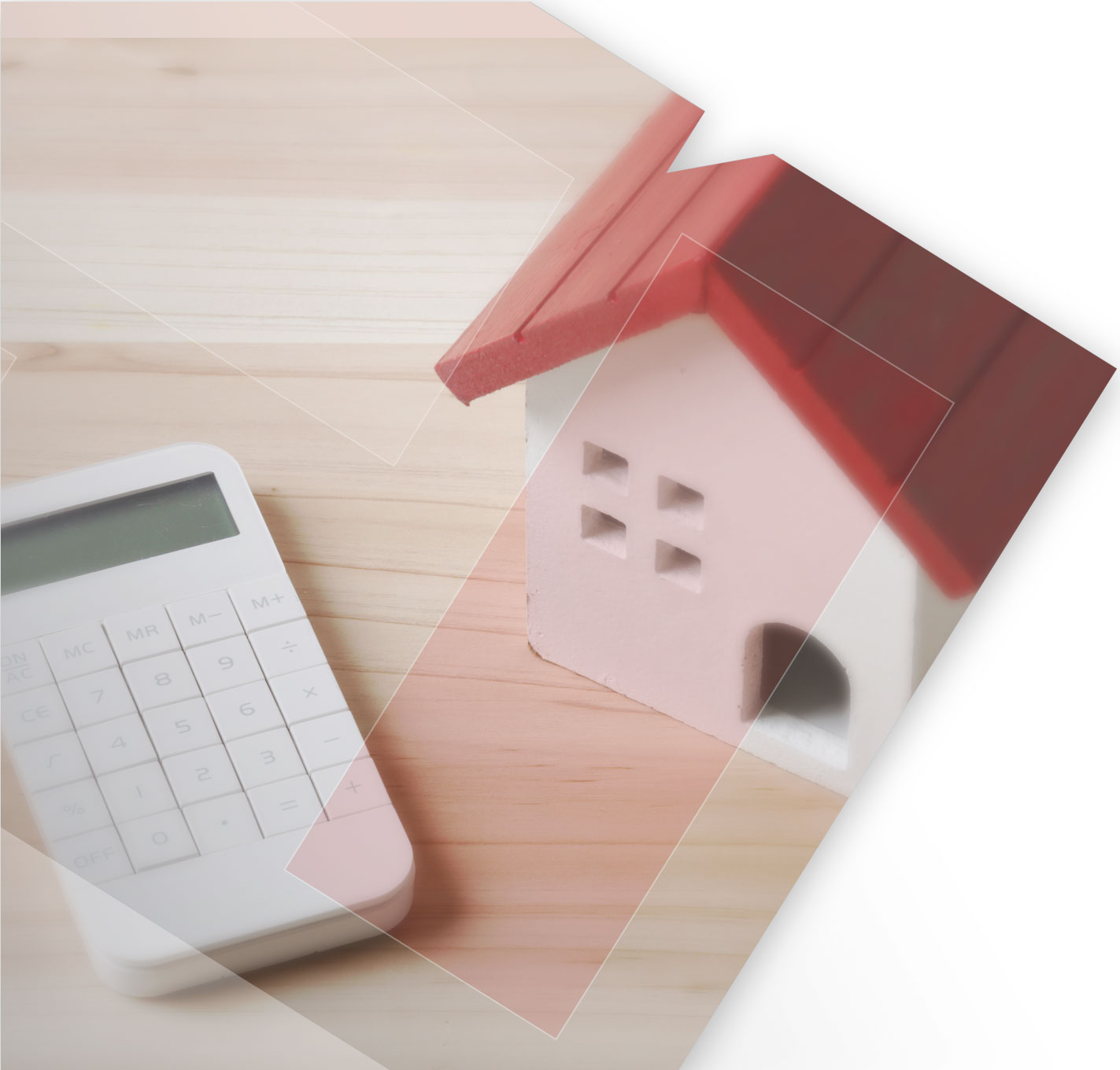When you grow herbs and veggies in containers, soil compaction and rapid depletion of nutrients threaten to kill your chances of having a good crop. We help you tackle these by creating the perfect potting mix.
Planting is only one part and actually the last amongst the three ‘P’s of successful kitchen gardening: Planning your garden, Preparing the soil, and Planting your vegetables. Often the most ignored, soil and potting mix actually form the basis of successful farming and kitchen gardening. Healthy soil, a living, breathing organism should be teeming with earthworms, microbes, termites and a host of other subsoil fauna that constantly decomposes organic waste and leaf litter and re-composes it into nutrients that trees and plants can absorb. In the ground, earthworms drill and churn the earth to ensure it remains soft, crumbly and friable, creating an ideal environment for roots to spread and grow. Plus, in the ground, roots have ample room to search for nutrients. But when we plant the saplings in containers, we are confronted with two major limitations:
Compaction
This is when the soil becomes hard since there are no worms or other subsoil fauna to carry out nature’s own form of tilling.
Lack of nutrients
This is simply due to space constraint for roots to spread and seek them out.
Hence, arises the need for potting mix, to recreate some of the soil- conditions that exist naturally in the ground. It helps in overcoming the problems of compaction and lack of nutrients. An ideal potting mix should be light, airy, long-lasting, moisture- retentive and rich in diverse nutrients. Here are a few characteristics of the potting soil that we need to pay attention to:
Drainage
To ensure water passes easily through the mix and doesn’t clog your plant’s roots.
Water retention capacity
To avoid excessive watering and to maintain sufficient moisture.
Aeration
To make oxygen available for your roots easily.
Nutrients
To provide nourishment to your plants so they can flower and fruit successfully and on time.
Microbes and worms
To do the crucial work of re-composing organic waste and manure into forms that your plants can absorb.
Anchorage
To allow the plants to stand with stability.
Good tip
Fill the pot till about three-quarters of its depth, leaving enough space for adding more compost and nutrients later.
Magic Ingredients for your Potting Mix
To make your own ecologically balanced potting mix, you need to put together the following:
Cocopeat
Made from powdered coconut husk, this inert medium has excellent water-holding properties. It is added so your mix retains moisture. Plus, it is light, which helps keep the soil loose, crumbly and well-aerated. Roots require oxygen to carry out their functions effectively and cocopeat helps in the process. It is available either online or in most nurseries for Rs 200 for a 5 kg block.
Compost
This provides the nutrient element to the mix. You can use either gobar khaad, vermicompost, home-made compost, leaf compost or a variety of different composts. Plants, like us, love variety in their food. The compost costs between Rs 5-15 a kilo, depending on the quality.
Soil
In a potting mix, the role of soil is to provide your plants anchorage— something the roots can hold onto. It is available locally, at almost no cost.
Vermiculite
It is a naturally occurring mineral that is mined and processed into puffy, lightweight granules. Minute cavities in each granule create root space and help hold nutrients. Specialised nurseries stock vermiculite at about Rs 50-80 per kilo.
Sand
The minute particles help with drainage. Adding sand to the mix helps water penetrate through your pots and containers easily.
Neem khali
This is the residue after the oil has been extracted from neem seeds. This is an organic fertiliser and acts as a fungicide, pesticide and protects plants from ants and parasitic nematodes. You can buy it for Rs 30 per kilo.
Ensure that the container has drainage at the bottom, as it is very important that there is no water stagnation. In case your container has holes larger than a marble, cover them with coconut husk or a small piece of net so that water drainage is facilitated but no potting mix drains out. Fill the pot till about three-quarters of its depth, leaving enough space for adding more compost and nutrients in the future. Remember not to pack the mix too tightly when planting. Once the container is filled, pour in water lightly until all the potting media gets wet and water starts to seep out of the holes.
It is believed that the longevity of a civilisation depends on how well it takes care of its soil. In the same vein, the success of your kitchen garden will depend on how much care you put into creating and maintaining a healthy, nutrient-rich potting mix. Start now!
Recipes for your potting mix
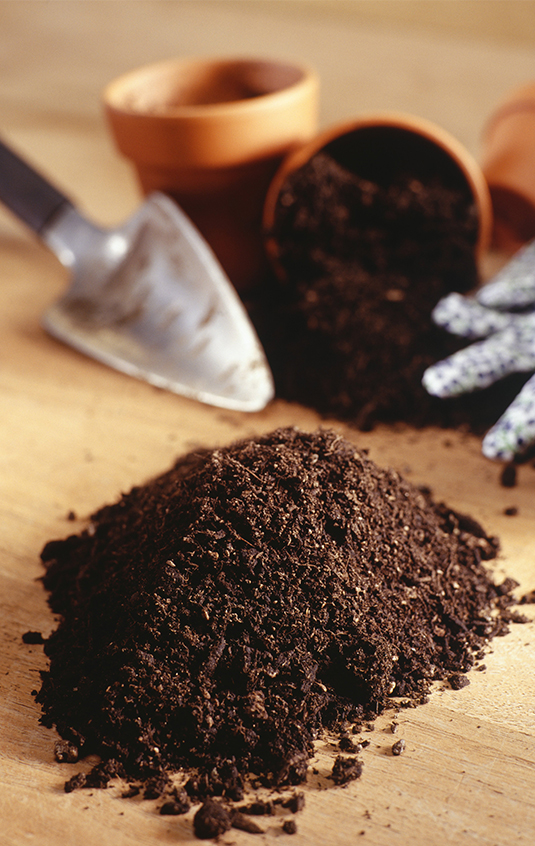
PREMIUM POTTING MIX
- A. 40% VERMICOMPOST
- B. 40% COCOPEAT
- C. 15% NEEM KHALI
- D. 5% VERMICULITE
HIGH-QUALITY POTTING MIX
- A. 33% COCOPEAT
- B. 33% SOIL
- C. 34% COMPOST
BUDGET POTTING MIX
- A. 33% SAND
- B. 33% SOIL
- C. 34% COMPOST
Use these proportions as guiding principles to figure out your own preferred combination. Or better yet, discover what combinations work best with specific plants, and then, note it down for repeated success.
Home calculations made easy to help you plan your home
MISSED CALL
Give us a MISSED CALL for New Home Loan
- 09289200017
